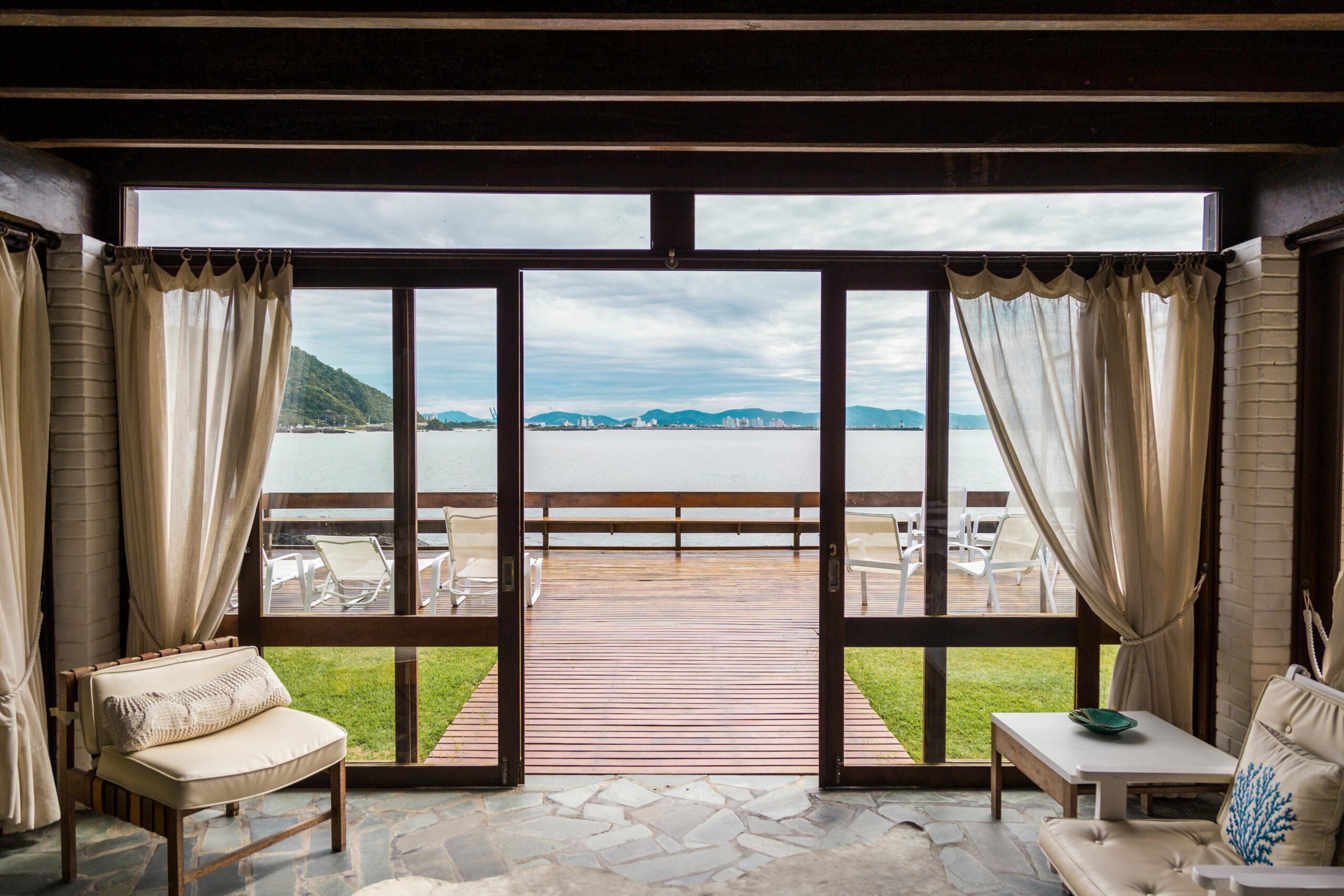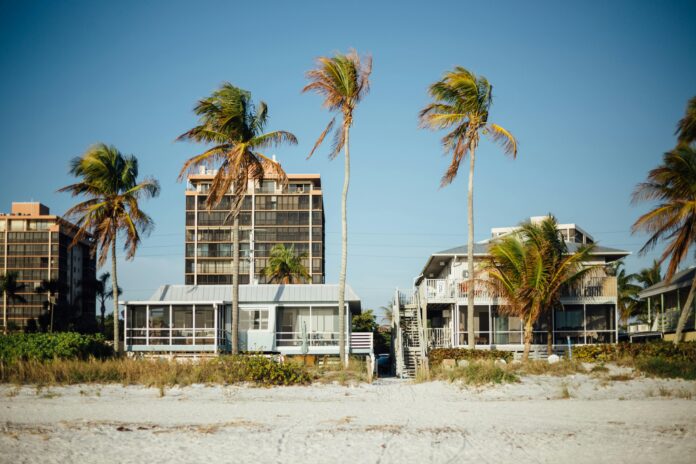There are endless benefits of life on the seashores, sea breezes, panoramic scenery, and moderate weather. However, coastal climate HVAC challenges bring an entirely different set of problems as far as heating, ventilation, and air conditioning (HVAC) is concerned, which most house owners and constructionists overly undervalue.
Homeowners can save money by avoiding expensive HVAC challenges and keeping the home warm all year with an appropriate level of knowledge and design, maintenance practices in place, and without compromising efficiency.
The Coastal Climate Factor
The coastal areas are unique microclimates that are significantly different from the inland situations. AC repair in Fremont, an example of a coastal climate HVAC challenges, can help tackle the presence of salts, humidity, and wind exposure, along with the coastal air conditions are some of the environmental stressors, although the temperatures can be moderate.
The common considerations that characterize a coastal climate are:
- The air is full of salt that decays coils, compressors, and ductwork.
- Constant dampness of the environment raises cooling costs and results in indoor inconvenience.
- Fluctuations in temperature are caused by wind and oceanic layer circulation.
- Hydraulic infiltration, which influences insulation and indoor air quality.
In the case of HVAC systems, such an environment implies a consistent exposure to factors that can subvert performance without much noise.
HVAC Equipment Under Pressure
At least 98 percent of HVAC systems have capacities that are at least 200 percent of their real heating load. In addition, not many of the homeowners understand how corrosive the ocean air can be.
Corrosion is especially damaging to:
- Fins and coils of outdoor condensers corrode, and the system is forced to work more.
- Electrical components- Salt deposits may lead to short-circuiting or electrical impairment.
- Ductwork and vents- Moisture penetration promotes rusting, mould, and air leakages.
Salt corrosion not only lowers efficiency, but it may also cause system failure. When the corrosion process has initiated, it is not possible to undo the damage by only cleaning; in most cases, parts will have to be replaced. Preventing corrosion early is key to overcoming coastal climate HVAC challenges.
Moisture Management Challenges
The HVAC challenges on the coast are silent in nature and caused by humidity. The humidity in the air can also make indoor areas clammy and uncongenial even when there is pleasant outdoor temperature.
Having too much moisture causes several issues:
- Lower level of indoor comfort
- Growth of mold and mildew
- Material damage
- Air quality degradation
An expert HVAC installer, such as Chill Heating and Cooling, will have a chance to check the local conditions and prescribe built-in moisture control systems that defuse temperature, humidity, and ventilation to ensure the comfort and protection of the system permanently.
Energy Efficiency Struggles
The conditions of the coasts also make the efficiency of energy more complicated. In a wet climate, systems take a longer time to achieve desired comfort, and maintaining them is also challenging. HVAC in coastal climates requires not only the reduction of temperature but also moisture, which consumes more energy.
This struggle is due to several factors:
- Corroded or dirty coils decrease the heat exchanger efficiency.
- Conditioned air is lost due to air leaks caused by corrosion or poor sealing.
- Poor thermostat settings would result in unwarranted load on the system.
- Absence of preventive maintenance enables minor inefficiencies to become expensive issues.
The use of energy to optimize energy use in coastal areas should include the maintenance, high-efficiency, and monitoring of the systems. Smart thermostats and variable-speed compressors available in modern times can adjust to the slightest changes in temperature and humidity, which will save on energy waste in the long term.
Common Pitfalls for Coastal Homeowners
Despite the intentions, lots of homeowners on the coast commit various HVAC mistakes that can shorten the life of the equipment or make it less efficient. Common pitfalls include:
- Placing standard, non-coated outdoor units that are not intended to work in salty places.
- Falling behind on annual maintenance because systems appear to be running just fine.
- Disregard air leakage around windows, doors, or duct joints.
- Installing small or large-sized systems that are unable to correctly balance the temperature and humidity.
- The lack of attention to the poor drainage surrounding outside units results in rust and mould.
A lot of these problems would be avoided when consultation is taken into consideration during system selection and installation alongside HVAC equipment maintenance.

Solutions and Preventive Measures
Problems of HVAC in coastal climates can be controlled with the help of vision and frequent maintenance.
Major preventive precautions consist of:
- Installation of corrosion-resistant equipment – Find marine-grade finishes, aluminum fin-sets, and non-metal parts.
- Cleaning regularly- Cleaning of coils and outdoor units will assist in eliminating the salt deposits.
- Installation of dehumidifiers and ventilation systems – makes indoor air less damp.
- Installing smart thermostats -These products regulate the humidity and temperature trends to become more efficient.
- Protective Coatings- Periodic Coating keeps off rust and wear of the surface.
- Proper drainage and location, ensuring elevation and distance. Outdoor units should not be close to the direct salt spray.
An aggressive attitude will help the coastal homeowners to lengthen the life of their systems, enhance efficiency, and also keep healthy indoor environments healthy.
Conclusion
Sea climates are the most beautiful and require higher requirements of HVAC systems. All these effects are worsened by salt, exposure to humidity, and the wind, which only accelerates wear, increases energy consumption, and makes the inside environment more difficult. However, these challenges can be overcome with the right equipment, correct installation, and constant maintenance.
Find a Home-Based Business to Start-Up >>> Hundreds of Business Listings.














































